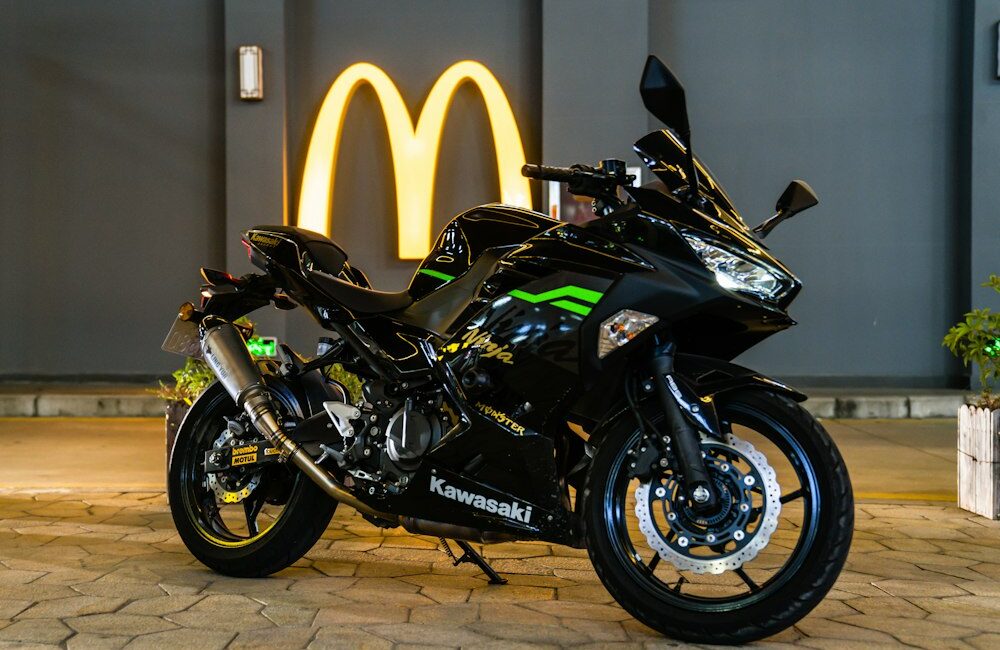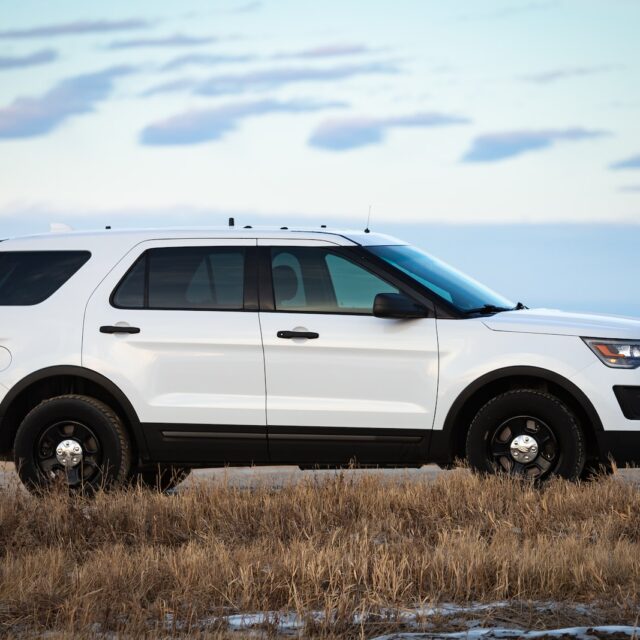H2: The Qualifications and Process of Applying for a Motorcycle Second-Hand Loan in Taiwan
H3: Introduction
Motorcycles have become a popular mode of transportation in Taiwan, offering convenience and affordability to many. However, buying a brand-new motorcycle may not always be financially viable for everyone. This is where second-hand loans for motorcycles come into play. In this article, we will explore the qualifications and process involved in applying for a motorcycle second-hand loan in Taiwan.
H3: Qualifications for Applying for a Motorcycle Second-Hand Loan
Before applying for a motorcycle second-hand loan, there are certain qualifications that applicants need to meet. While each lender may have slightly different criteria, the following qualifications are typically required:
1. Age Requirement: Applicants must be at least 20 years old and not exceed the lender’s specified maximum age limit.
2. Income Stability: Applicants should be able to demonstrate a stable source of income, such as employment or business venture. Lenders typically require a certain length of employment or proof of self-employment.
3. Creditworthiness: While some lenders may consider applicants with less than perfect credit scores, a good credit history generally increases the chances of loan approval and may result in more favorable terms.
4. Valid Driver’s License: Applicants must possess a valid driver’s license for riding motorcycles.
5. Motorcycle Registration: The motorcycle being purchased must be registered in the applicant’s name or jointly with a guarantor or co-applicant.
H3: Document Requirements for Applying for a Motorcycle Second-Hand Loan
In addition to meeting the qualifications, applicants will need to gather and provide certain documents when applying for a motorcycle second-hand loan. The required documents typically include:
1. Identification Proof: Applicants must submit a copy of their Identification Card (身分證) or passport.
2. Income Proof: Evidencing stable income is crucial, so applicants need to provide recent pay stubs, bank statements, or income tax certificates.
3. Employment Proof: Applicants with a regular job need to submit an employment certificate or employment contract. Self-employed individuals must provide income tax returns and business registration documents.
4. Address Proof: A recent utility bill or any document showing the applicant’s current residential address must be submitted.
5. Motorcycle Information: Applicants should provide detailed information about the motorcycle they intend to purchase, including the make, model, year, and current condition.
6. Purchase Agreement: A copy of the purchase agreement between the buyer and the seller should also be submitted, specifying the agreed-upon price and terms of the sale.
H3: The Loan Application Process for a Motorcycle Second-Hand Loan
Once applicants have gathered all the necessary documents and meet the qualifications, they can proceed with the loan application process. Typically, the process follows these steps:
1. Research and Select a Lender: Applicants should research and compare different lenders to find one that offers favorable terms, competitive interest rates, and a straightforward application process.
2. Initial Application: Applicants start by filling out an initial application form provided by the lender. This form collects basic personal and contact information.
3. Document Submission: Along with the initial application form, applicants need to submit the required documents, as listed earlier, to the lender. These can be submitted physically at a branch or online, depending on the lender’s preference.
4. Credit Check and Evaluation: Upon receiving the application and documents, the lender will conduct a credit check to assess the applicant’s creditworthiness. They may also evaluate the provided income and employment information.
5. Loan Approval and Offer: If the lender approves the application, they will issue a loan approval notice along with an offer specifying the loan amount, interest rate, repayment term, and any applicable fees.
6. Acceptance and Contract Signing: If satisfied with the loan offer, the applicant needs to accept it and sign the loan agreement. During this step, all terms and conditions are agreed upon between the borrower and the lender.
7. Disbursement: Once the loan agreement is signed, the lender will disburse the approved loan amount, either by transferring it to the applicant’s bank account or providing a cashier’s check.
8. Motorcycle Ownership Transfer: After receiving the loan proceeds, the applicant can proceed with the purchase of the second-hand motorcycle. The motorcycle ownership needs to be transferred to the buyer’s name at the local vehicle registration office.
9. Loan Repayment: The borrower is responsible for repaying the loan according to the agreed-upon terms. This typically involves monthly or quarterly installments over a specific period.
H3: Conclusion
Applying for a motorcycle second-hand loan in Taiwan requires meeting certain qualifications, gathering the necessary documents, and undergoing the application process with a chosen lender. By ensuring eligibility and submitting all required documents, applicants can achieve their dream of owning a motorcycle without the burden of a high upfront cost. Remember to conduct thorough research, compare lenders, and choose the loan offer that best suits your needs. With a little planning and organization, the loan application process can be a smooth journey toward two-wheeled freedom.




